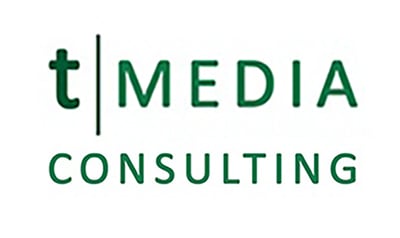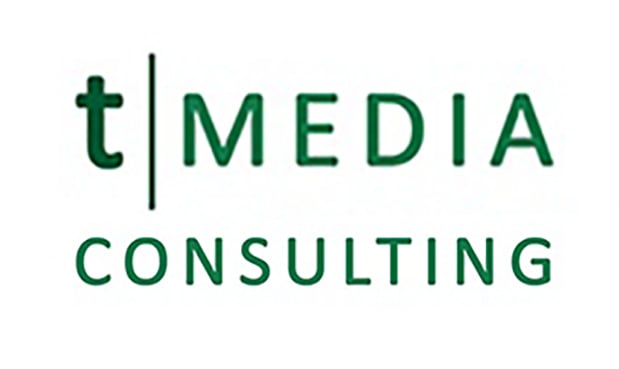October is often described as the "planning month" by executives and business owners. It's the time of year where teams can predict how the current year will close, plus begin to address changes that will need to happen in order to hit revenue and sales goals for the following year. It is also most often the time of year many companies start to look ahead and plan for their marketing strategy.
Before we even get into exact numbers, one must first ask themselves: How am I going to determine what gets allocated, and why? An analysis of the current year systems and processes needs to happen in order to get a solid read on the direction the company needs to go in. What's happening internally? What are the outside business climate factors? How is the economy? What is level of quality of my products and services compared to others? Those are just a few of the "health check" questions you'll want to address as those answers will determine the changes and funds needed to get the desired results.
The following checklist will help outline additional questions needing solutions for in order to craft a marketing budget, or as I prefer to call it, an investment in your company's future.
1. How are sales for the current year? This is where everything starts. If revenue is down, sales are usually down and vice-versa. If it is determined you have the right people in place, are your sales people efficient? Does your team have the tools they need to be successful? Do you have attainable revenue growth goals? Is your leadership team steering the ship correctly? Hows moral? If you don't have a Culture Code for your company, consider putting one in place. ACTION: Address lead quantity and quality, sales process, and analyze past sales and marketing efforts to determine effectiveness.
2. How is your brand doing against the competition? Do you take time to compare yourself to others? Have you been doing things "forever this way" thus limiting your ability to be nimble enough to adapt to the new ways consumers are being marketed too? Is your messaging appropriate? Does your website reflect a company in the twenty first century? If you haven't taken time to address the competitive climate and brand messaging, it may be necessary to revisit where your company ranks, so you know how to navigate next. ACTION: do a competitive analysis, analyze your brand messaging, increase website effectiveness, make changes as data directs.
3. How happy are your customers? Your customer base is already doing business with you, have you identified all the ways that you can re-engage them to drive business in other areas? Do you market to them like you should? Are they advocates of yours, or how do they become advocates? How much revenue could be un-tapped if you delighted more customers? Is churn a concern? ACTION: Start putting customer happiness surveys in place, analyze ways to do more business with your client base, make support and service a focus to increase retention.
4. How large is your new business pipeline? If you want more sales, you need more leads. Many companies put back end systems to manage clients in place first, before they actually have the clients. While preparation is important, much of the team's time and investment should be aimed at generating quality leads for sales reps. What is your lead management and follow up process; are there gaps? ACTION: Assess lead generation efforts, sharpen your target persona profile(s), put inbound marketing best practices in place to follow leads through the sales cycle.
5. Can you track all your efforts to determine ROI? If you are spending money investing in sales and marketing to grow the business, please make sure you have proper tracking methods in place to determine if this is money well spent. Too many times business owners cannot pinpoint efforts or trace back certain campaigns to revenue. You are missing opportunity if you aren't following the money. Do you know your cost per lead, or what campaign is producing the BEST leads? Do you have a formula for how many leads it takes to close a new sale and average value the new business is worth to you? ACTION: put a system in place to track leads through the entire sales cycle, adjust spending based on results.





